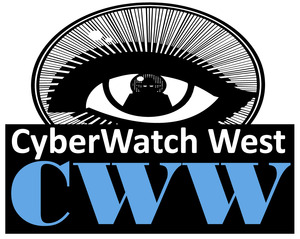For extreme numbers people who might want to track things as they connect to the Internet, Cisco created the Internet of Everything Connections Counter.
 (Credit: Cisco)
(Credit: Cisco)Cisco loves the Internet of things. After all, the company is in the business of selling software and hardware to help enable what it says will be 50 billion things connected to the Internet by 2020. Things include billions of sensor-packed mobile devices, coffeemakers, cardiac monitors,cars, tires, roads, parking meters, supermarket shelves, cattle, thermostats, and skin, just to name a few. By Cisco's count, 50 billion things is just 2.7 percent of all the things that will be on the planet in 2020.
According to Cisco's latest revelations, 80 things per second are connecting to the Internet, and by 2020, 250 things will connect each second. For people who want to keep track of the number in "real time," the company created the Cisco Internet of Everything (IoE) Connections Counter.
Cisco has also calculated that the Internet of Everything -- people, process, data and things taking advantage of network connections -- will create $14.4 trillion of "value at stake," defined as the potential bottom-line value derived from harnessing the Internet of Everything, over the next 10 years. That figure includes $613 billion in potential global corporate profits this year. For companies taking even greater advantage of the Internet of Everything, an additional $544 billion in profits could be gained in 2013.
There's not just money in those things, however. From Cisco's view, the Internet of things and everything leads to "transformational value."
"Even more exciting is when all of these things are combined with people, process, and data via the network to deliver transformational value to the world by improving the way we make decisions, saving us time and money, and so much more. That's the Internet of Everything, and its value increases every time we connect the unconnected," the company said.
In other words, the more connections the better. But even with 50 billion things, billions more people, and zetabytes of data trying to tell us what to do, we'll still be able to make poor decisions.








-.gif)























